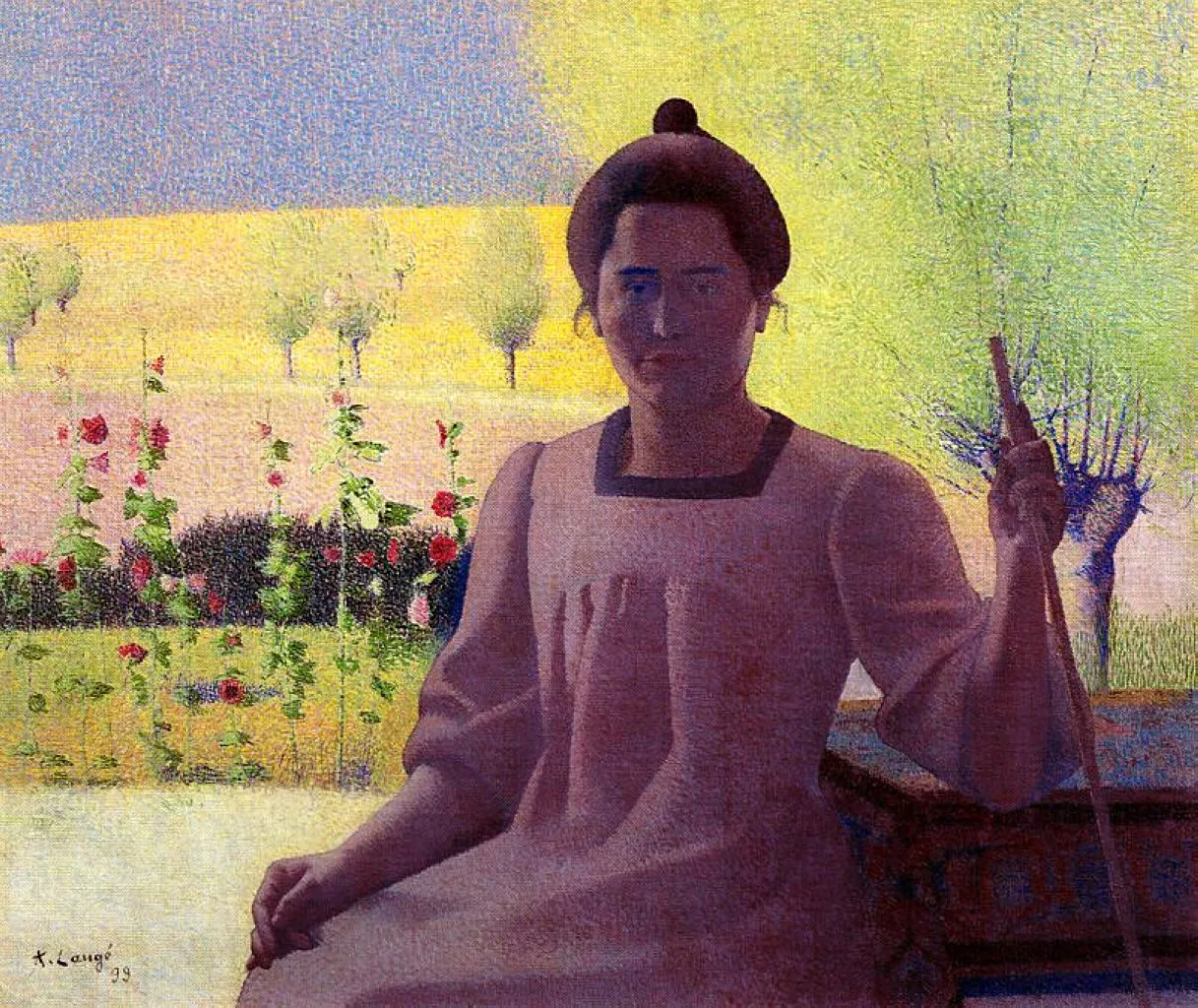The subject of this painting is a mystery: is it an exhortation to praise God through singing and string music, or a scene of seduction with the old woman as a procuress?
In any case, in this early work Rembrandt used elements from his own surroundings: his mother modelled for the old woman, and Rembrandt’s own features can be recognized in the young man. | Rijksmuseum, Amsterdam
Rembrandt | Musical Company, 1626 | Rijksmuseum, Amsterdam
On the face of it, the theme of Music Allegory is straightforward enough: a music party in an interior, a common subject in Dutch art, though one to which Rembrandt himself would never return.
Three figures - a seated young woman singing, a man playing a bass gamba and a standing youth playing the harp - make music while an older woman listens on.


























































































